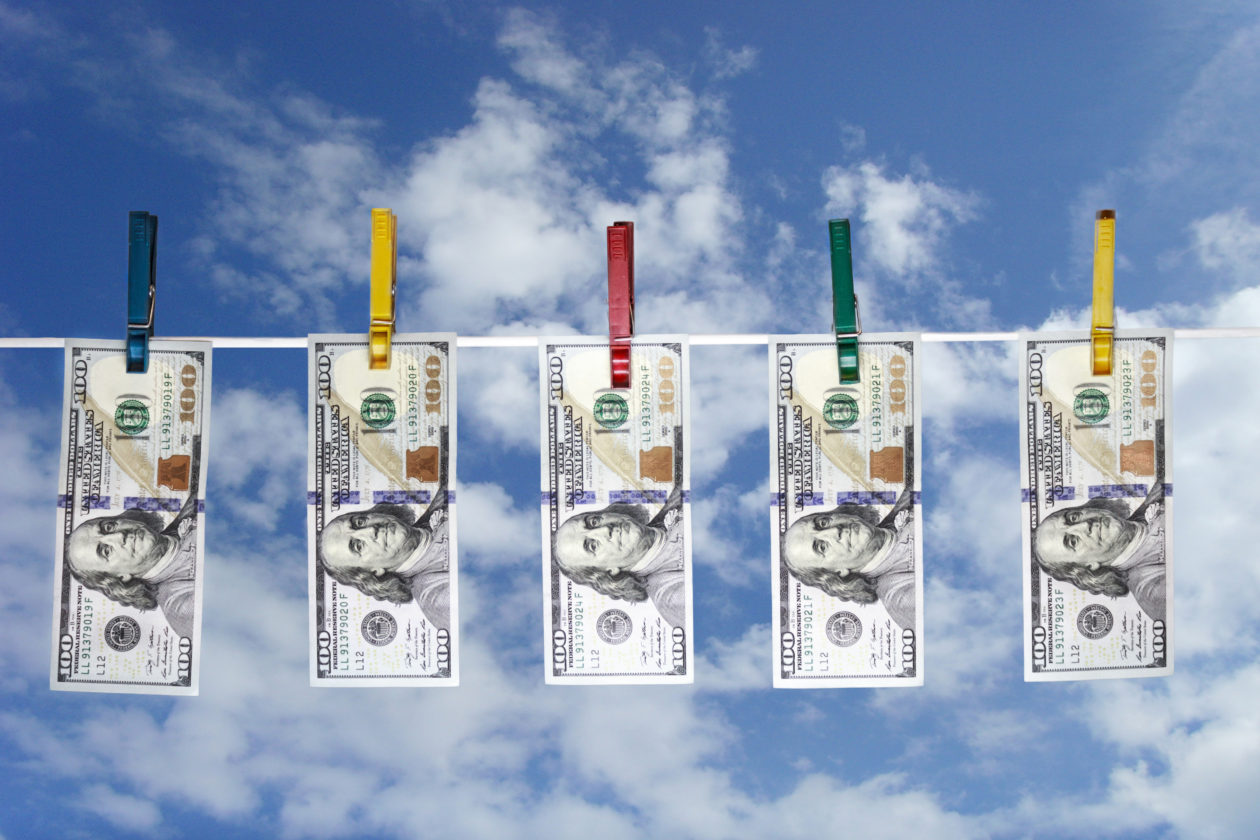Sales of non-fungible tokens (NFTs) have exploded this past year, but new data suggest most of this comes from wash trading, particularly in marketplace LooksRare, which experts say could be detrimental to the market in the long term.
NFT analytics site CryptoSlam examined blockchain data between Jan. 11 and Jan. 19 of Meebits — one of the most popular NFT collections on leading marketplace LooksRare — and found that of the more than US$2 billion transacted, 94% was wash traded.
After outperforming market leader OpenSea in the first week after its launch, speculation quickly arose that wash trading was rife on LooksRare, and data from CryptoSlam show wash trading accounts for roughly 99% of volume on the platform.
One expert told Forkast he believes floor prices will not be too badly affected, but the practice may cost the market in other ways.
“[It’s] potentially dangerous when you have people coming in and trying to buy [NFTs],” said Yehuda Petscher, NFT relations strategist at CryptoSlam, in an interview with Forkast. “It is potentially hurtful to them to lose money getting into a project that may appear to be a hot project or appears to be valuable because of some artificial numbers.”
A practice originating in traditional finance, wash trading occurs when a trader buys and sells assets between accounts they control to give the impression of higher sales volumes or that the asset’s value is increasing, among other reasons.
In a Feb. 2 report blockchain analytics firm Chainalysis tracked 262 wash traders and found that 110 made a combined profit of almost US$9 million, while the remainder’s losses were a (relatively) negligible US$415,000.
The traders had all sold an NFT to a self-financed account more than 25 times, and profits or losses were calculated by deducting gas fees from the amount they gained from ultimately selling to unsuspecting traders.
Wash trading occurs on most platforms but CryptoSlam’s report states this is particularly prevalent on LooksRare, which offers their native token LOOKS to users based on user sales volumes — incentivizing users to farm tokens by wash trading to increase their sales.
When LooksRare was approached by Forkast to address the issue, a member of the team said that “token farming and wash trading are two entirely different concepts.” The team member did not respond to Forkast’s request for further comment.
Petscher says while this is technically correct, token farming is a form of wash trading and that it is clearly occurring on the platform. LOOKS was valued at just under US$2 at launch on Jan. 10 and was trading at US$4.61 at press time, according to CoinMarketCap.
LooksRare has said there are safeguards to prevent wash trading from occurring, though CryptoSlam’s data show it is still occurring.
Outlawed in traditional securities markets in the U.S. in the 1930s, wash trading remains unregulated in NFT markets. Analytics platforms are getting better at recognizing the practice but it can be difficult for marketplaces to police — even if they wanted to.
“[Marketplaces] will crack down when it’s a problem for them; right now, it’s not,” said Petscher, saying it may be regulators who move into the space before the platforms. “I don’t see where the downside is right now for the platform; it’s doing nothing but generating free advertising for them and growing their user base. There’s no reason they would want it to stop.”
This means responsibility for investor protection may come down to the individual who favors more experienced investors at the expense of newcomers or less technically literate ones. While Petscher recognizes the risks to the market that this could pose, he also said this sort of behavior is quite aligned with the values of the broader NFT community.
“I really appreciate people looking for holes in systems and trying to game the game,” he said. “A lot of the [crypto] scene is about that; us trying to build something new and us trying to create our own rules.”
OpenSea did not respond to requests for comments.





